Pests like rodents, insects, and other unwanted critters are not only irritating but can also cause serious damage to your home and health. From chewing wires to contaminating food, their presence is something every homeowner dreads. Fortunately, there are practical ways to deter these invaders without resorting to harsh chemicals. Implementing consistent preventive measures and maintaining a clean, well-sealed environment can significantly reduce the risk of infestations. Here are 12 effective methods to keep pests away from your house.
1. Seal Cracks and Gaps in Walls and Windows
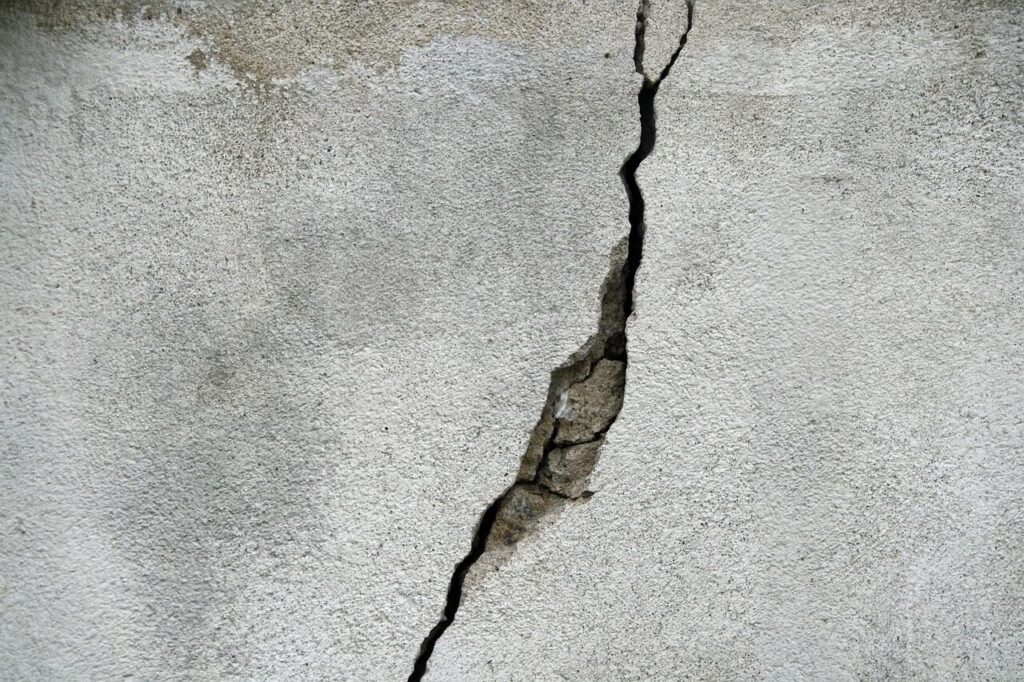
Pests can enter even through the smallest openings around windows, doors, and walls. Inspect your home carefully for cracks, gaps, or holes that could act as entry points. Use weather stripping, caulk, or foam sealant to close these openings. Ensuring your walls and window frames are intact creates a physical barrier, making it difficult for insects or rodents to infiltrate. Regular maintenance is essential, as minor damages can grow over time, allowing pests easier access into your living spaces.
2. Keep Your Kitchen Clean and Free of Food Debris

A messy kitchen is like an open invitation to pests such as ants, cockroaches, and rodents. Always clean up crumbs, spills, and leftover food immediately. Store grains, snacks, and pet food in airtight containers to prevent contamination. Regularly wiping counters, mopping floors, and emptying trash bins prevents lingering odors that attract pests. A clean, organized kitchen reduces the food sources pests rely on, making your home less appealing and safer for your family while discouraging infestations.
3. Use Natural Repellents Around Entry Points
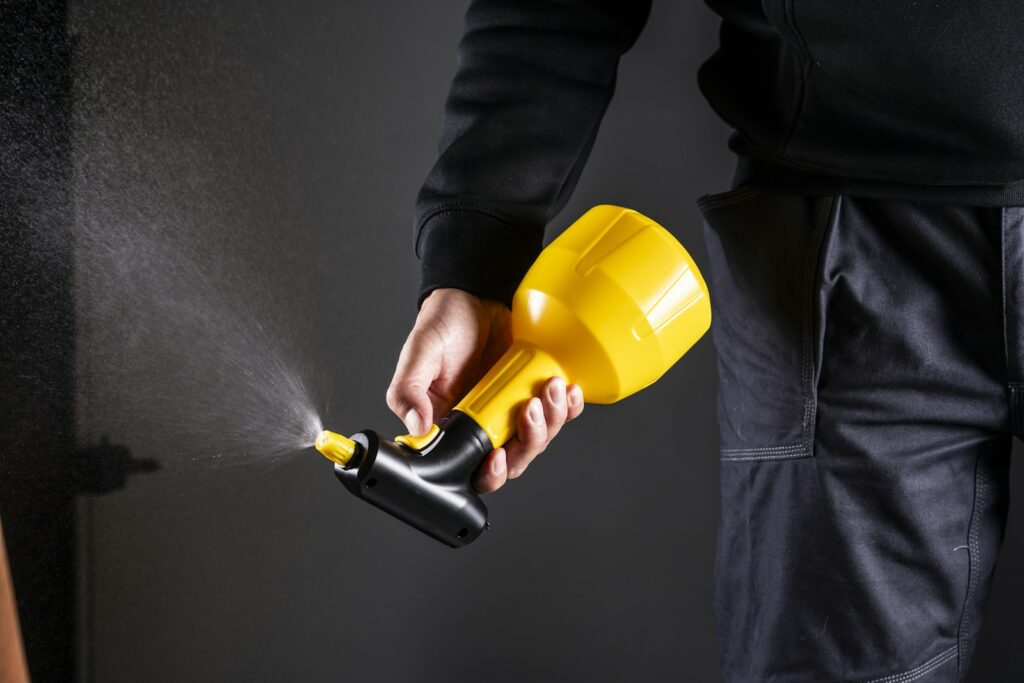
Essential oils and other natural repellents can effectively deter pests without harming humans or pets. Oils like peppermint, eucalyptus, and tea tree have strong scents that insects and rodents dislike. Spray diluted solutions around windows, doors, and baseboards to create a protective barrier. Additionally, planting certain herbs such as basil or lavender near entrances can provide a natural shield. This method is eco-friendly and sustainable, providing an extra layer of protection against unwanted intruders while keeping your home smelling fresh.
4. Maintain Proper Drainage and Reduce Moisture

Pests, particularly mosquitoes, cockroaches, and termites, thrive in damp environments. Ensure gutters and drains are clear and functioning correctly to prevent water accumulation. Fix leaky faucets, pipes, and areas where water tends to pool, both inside and outside the house. Adequate ventilation in basements, bathrooms, and attics helps keep humidity low. By reducing moisture, you remove the ideal conditions for many pests to survive, significantly lowering the chances of infestations and protecting your home from structural damage caused by excessive dampness.
5. Trim Trees, Shrubs, and Vegetation Near Your Home

Overgrown trees and shrubs can serve as bridges for pests like ants, rodents, and spiders to access your home. Maintain a safe distance between plants and your house walls by regularly trimming branches and bushes. This not only limits direct access but also reduces shaded, damp areas where pests like to hide. Keeping your yard tidy improves airflow and sunlight penetration, creating an environment less hospitable to insects. Regular landscaping can also enhance the aesthetic appeal of your property while acting as a preventive pest control measure.
6. Install Screens on Windows and Doors
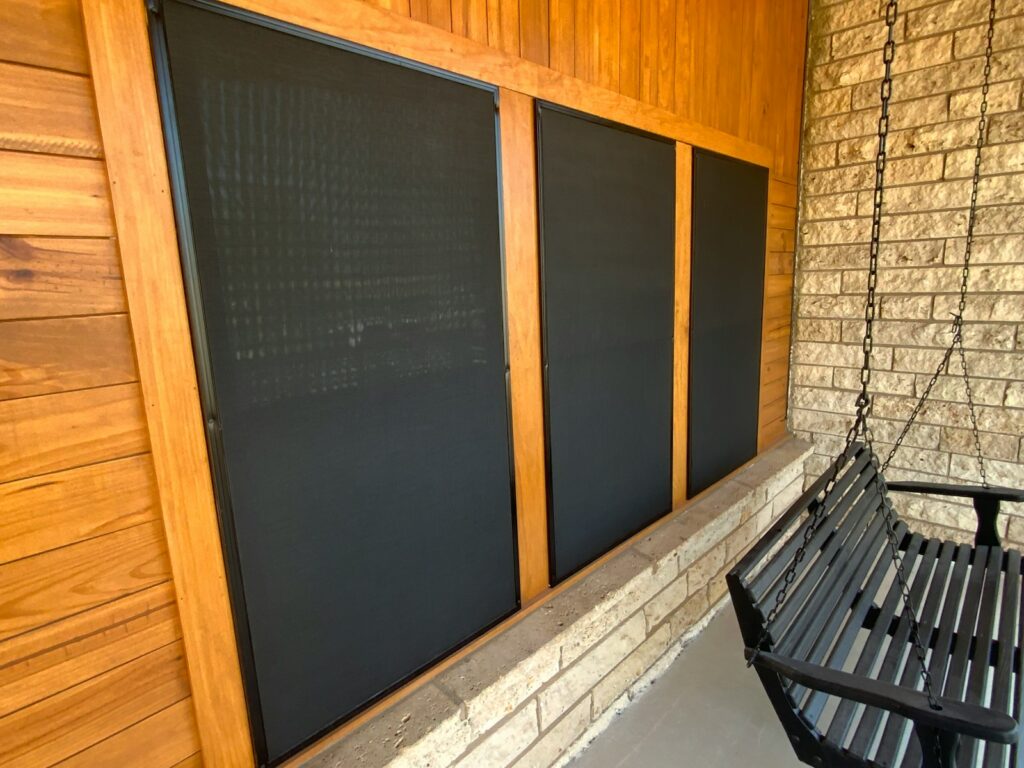
Installing fine mesh screens on windows, vents, and doors is a highly effective barrier against flying and crawling insects. Ensure that screens fit properly and have no tears or gaps that pests could squeeze through. Screened openings allow ventilation without compromising safety. This method is particularly useful during warmer months when doors and windows are frequently open. By keeping out flies, mosquitoes, and other pests, you maintain a healthier, more comfortable living environment while reducing the need for chemical sprays inside your home.
7. Store Firewood and Debris Away from the House
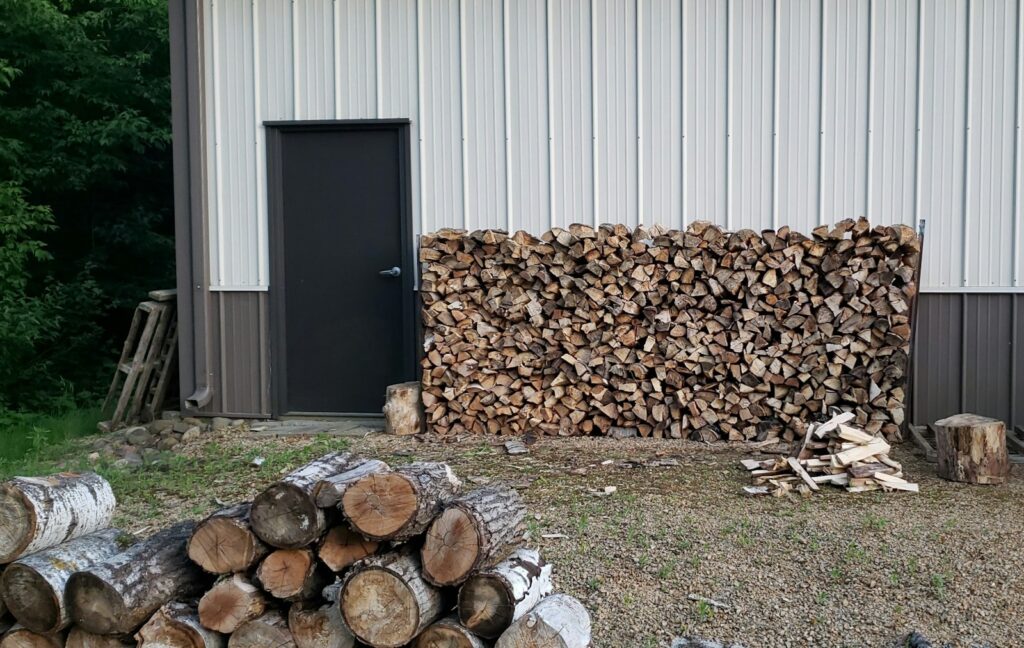
Woodpiles, leaves, and debris close to your home create ideal shelters for pests such as termites, spiders, and rodents. Store firewood at least 20 feet away from the house and elevate it above the ground if possible. Remove fallen leaves, garden waste, and clutter regularly to eliminate hiding spots. This practice not only discourages infestations but also prevents moisture buildup that can attract insects. Proper storage and yard maintenance significantly reduce the risk of pests finding their way indoors, keeping your home safer and cleaner.
8. Use Pesticides or Bait Strategically

While natural methods work well for prevention, occasional use of pesticides or bait can help control infestations. Place baits and traps in areas where pests are active, such as along walls, under sinks, or in basements. Always follow manufacturer instructions for safety and effectiveness, keeping chemicals out of reach of children and pets. Combining this method with regular cleaning and preventive measures creates a multi-layered defense. Strategic use of pesticides reduces pest populations efficiently while minimizing environmental and household risks when handled responsibly.
9. Regularly Inspect and Maintain Your Roof and Attic
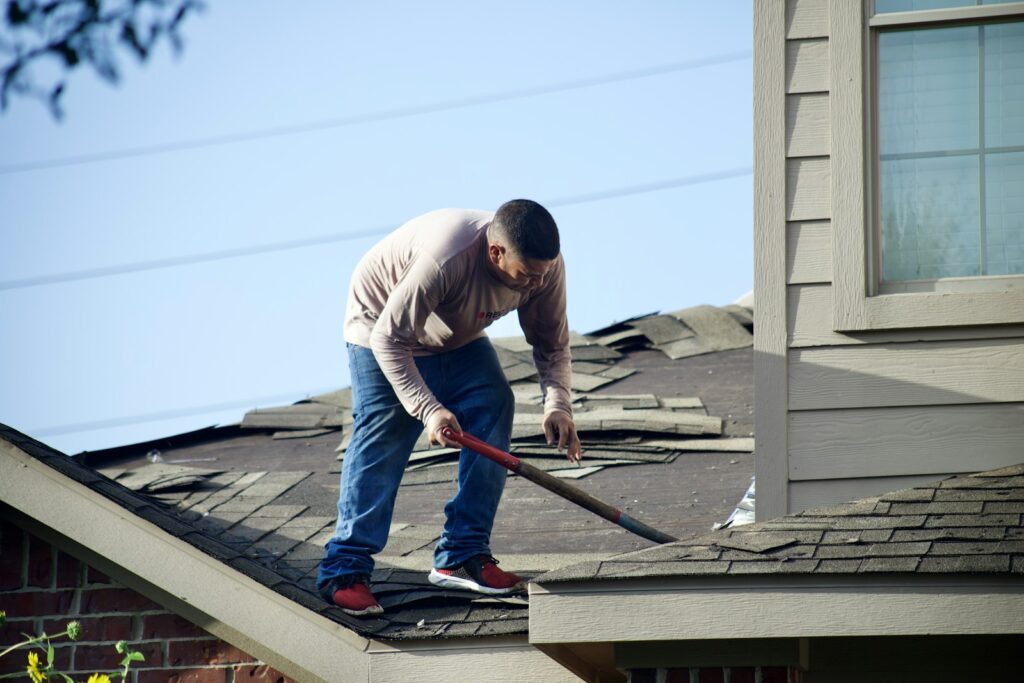
Roofs and attics are common entry points for rodents, birds, and insects. Check for loose shingles, gaps around vents, and holes in the roof or eaves. Seal openings and repair damage promptly to prevent pests from gaining access. Ensure attic insulation is intact and free of droppings or nests, which may indicate prior infestations. A routine inspection every few months, especially before and after the rainy season, keeps your home secure from pests and avoids costly repairs caused by unaddressed damage or nesting animals.
10. Keep Trash Bins Clean and Covered

Trash attracts a variety of pests, including flies, rats, and raccoons. Always use bins with tight-fitting lids and empty them regularly. Rinse bins periodically to remove residue that can generate odors. Consider storing outdoor trash bins on a paved surface away from the house to prevent pests from using them as feeding spots. A clean and well-managed waste system minimizes attraction and access points for pests. This simple habit complements other preventive measures and is crucial in maintaining a hygienic environment both indoors and outdoors.
11. Use Motion-Activated Lights and Ultrasonic Devices
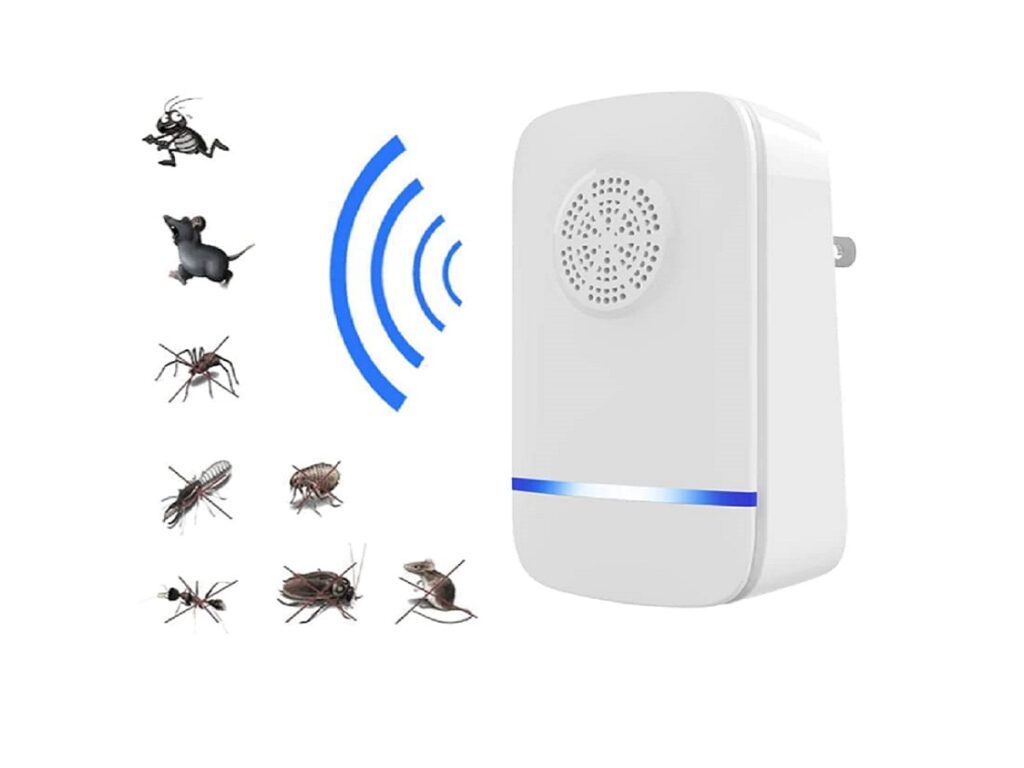
Motion-activated lights and ultrasonic devices can deter nocturnal pests such as rodents, raccoons, and some insects. Lights startle animals, discouraging them from approaching your home, while ultrasonic devices emit sounds unpleasant to certain pests but safe for humans. Position devices strategically near entry points, gardens, and outdoor storage areas for maximum effect. While not a standalone solution, these tools enhance your overall pest prevention strategy. Combining them with cleanliness and physical barriers improves your home’s defenses against nighttime intrusions.
12. Maintain a Consistent Cleaning and Inspection Routine

Consistency is key when it comes to pest prevention. Regularly vacuum, sweep, and dust both visible and hidden areas, including under furniture and appliances. Inspect corners, cabinets, and outdoor spaces for early signs of infestation. The sooner you detect potential issues, the easier it is to address them before they become serious. A consistent schedule not only prevents pests but also promotes general home hygiene. Over time, this routine establishes a protective environment where pests struggle to survive, keeping your home safe, comfortable, and well-maintained.
Comments